Table of Content
A speedometer is an instrument that measures and displays a motorcycle’s current speed. Depending on which road you travel, you will have to avoid exceeding the speed limit. Therefore, it is important to have an accurate speedometer installed on your motorcycle to ensure a safe riding experience. However, there are discrepancies between the speedometer’s reading and your motorcycle’s actual speed. This error can occur often depending on your motorcycle’s model year and the type of speedometer installed. Read this article to learn how accurate motorcycle speedometers are.
1. How Accurate Are Motorcycle Speedometers?
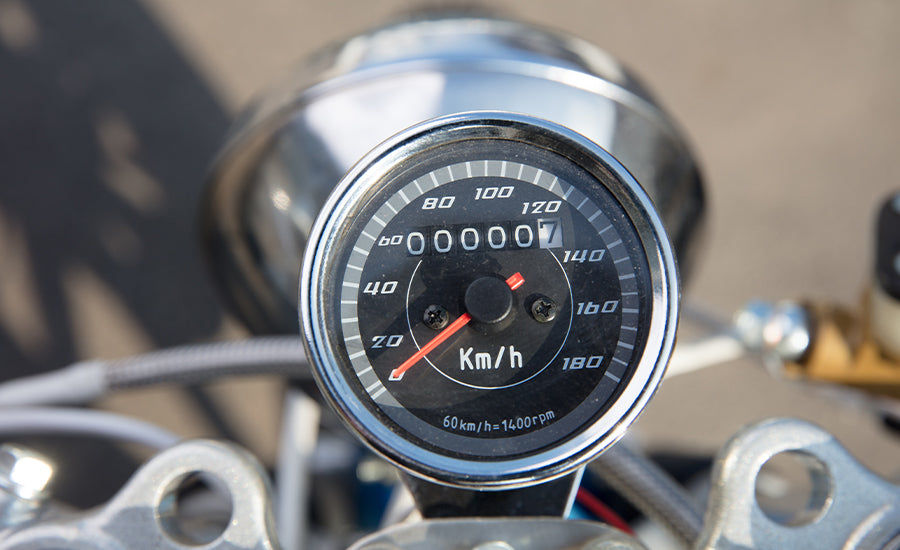
Modern motorcycles are equipped with digital speedometers that provide accurate readings. However, these speedometers become less accurate over time due to constant use. There is always a small margin of error, typically between 0-10%. Speedometers can show you a reading up to 8-10% higher than the actual speed. However, at high speeds, the difference between the reading and the actual speed could be between 10-15 mph.
Meanwhile, an analog or mechanical speedometer has a higher chance of becoming faulty over time due to issues with the mechanical system.
2. How to Test a Motorcycle Speedometer
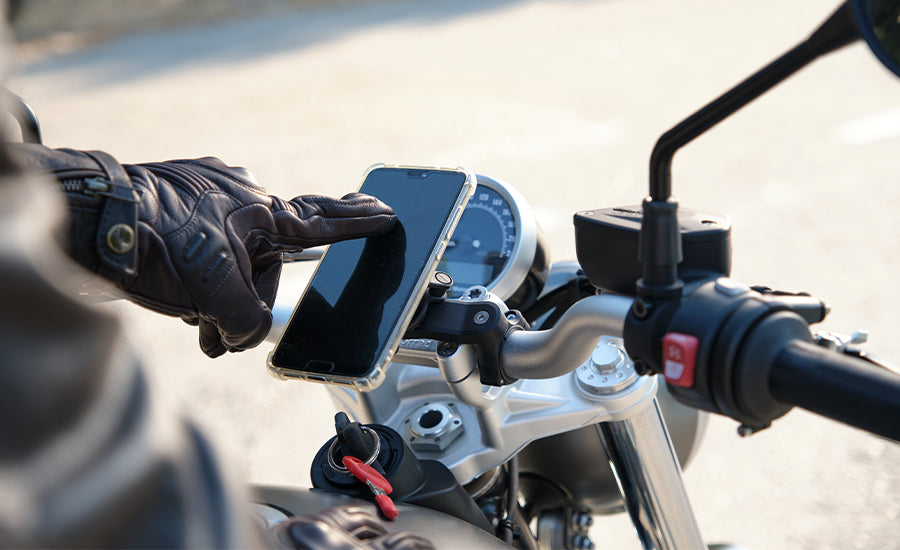
There are many GPS speedometer apps for phones that can help you measure the current speed of your motorcycle while riding. To test your motorcycle speedometer, mount your mobile phone on the handlebar near the speedometer to make it easier to compare the readings of both speedometers. Turn on the GPS speedometer on your phone. While parked, both speedometers will show a reading of 0 mph. As soon as you start riding your motorcycle, both the speedometers will display a reading. If both readings are the same, it means your motorcycle’s speedometer is accurate. However, if the speedometer on your motorcycle shows a different reading, it may indicate that it has a margin of error.
If you want accurate speed readings or want to test your speedometer, you can use the speedometer apps for phones listed below:
- GPS Speedometer and Odometer App
- Ulysse Speedometer App
- Drag Racer Car Performance App
- DigiHUD Speedometer App
- Speed View App
2.1 Note
If you want to test the speedometer, make sure not to do it on a public road. Test your speedometer on a track or an empty road.
3. Why Are Motorcycle Speedometers Inaccurate?
3.1 In-Built Speedometer Error
Many motorcycle manufacturers set the speedometer to display a higher reading. This is done to encourage safer riding since it shows a reading about 5-10 mph higher. A motorcycle speedometer must not display a reading lower than the actual speed under any circumstance. If you think your motorcycle is displaying an incorrectly low reading, get your speedometer checked and calibrated by a professional mechanic.
3.2 Wrong Tires and Wheels
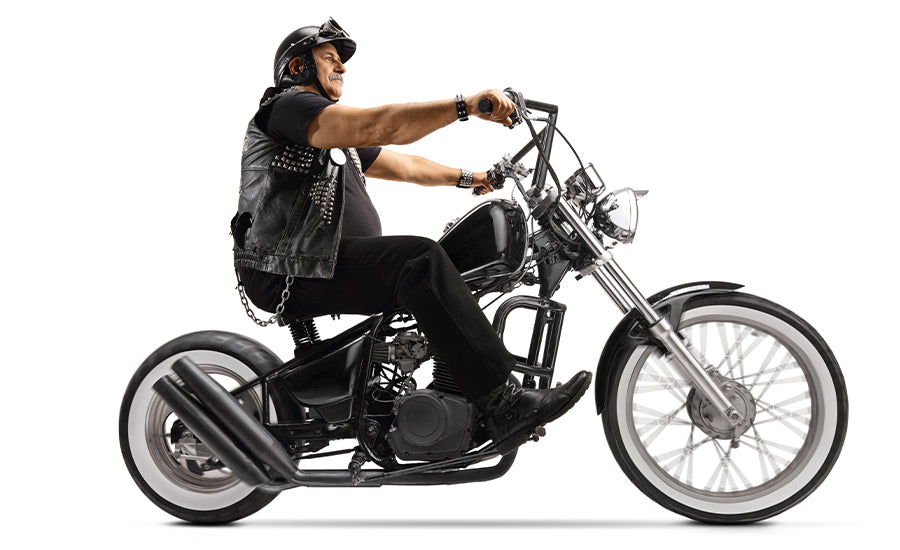
Using tires and wheels not recommended by the manufacturer can also cause inaccurate speedometer readings. The speedometer is programmed to calculate a motorcycle’s speed by measuring the rotation of the wheels. The speedometer calculates the speed using a formula that involves the radius of the tires. If you use tires and wheels that are the wrong size, the speedometer cannot measure correctly. Make sure to use only the recommended tire and wheel size according to the manufacturer.
3.3 Under-Inflated or Over-Inflated Tires
Riding with under-inflated or over-inflated tires can also result in inaccurate speedometer readings due to the change in the radius of the tires.
3.4 Mechanical Issue
Most old and classic motorcycles have analog speedometers with mechanical systems. The mechanical system includes cogwheels, magnets, cables, and hairsprings that become worn out over time.
4. Types of Speedometers
Motorcycle speedometers include two types: mechanical and electronic speedometers.
4.1 Electronic Speedometer
An electronic speedometer has a simpler design and function than a mechanical speedometer. It has fewer parts, including a display unit, circuit, sensors, and magnets. As soon as the motorcycle starts to move, the output shaft generates a magnetic field which is interpreted by the magnetic field sensor. The signal is translated into a reading that is displayed on the speedometer.
Also Read: HOW ACCURATE ARE MOTORCYCLE FUEL GAUGES?
4.2 Mechanical Speedometer
A mechanical speedometer has a slightly complex assembly and features. The parts of a mechanical speedometer include:
Drive Cable
A drive cable is connected to the transmission via a gear wheel on the output shaft. The drive cable moves synchronously with the output shaft, providing accurate speed readings.
Magnet and Speed Cup
The magnet is placed near the speed cup at a slight distance to keep them from touching each other. The magnet also moves in sync with the drive cable when it rotates, causing the magnetic field to rotate. Small eddy currents are induced in the speed cup due to the magnetic flux produced by the rotating magnet. The speed cup also starts rotating in the same direction as the magnet due to the torque produced by the eddy currents.
Hairspring and Pointer Needle
The speed cup is connected to the needle and caused it to rotate based on the motorcycle’s speed. The hairspring is designed to resist the rotational motion produced when the motorcycle slows or stops.
5. How to Calibrate a Motorcycle Speedometer
5.1 Mechanical Speedometer
Before calibrating motorcycle speedometers, first evaluate the margin of error in the speedometer’s reading. For a mechanical speedometer, consider the size of the front and rear wheels and tires, along with the built-in error. After calculating the error, open the meter and tighten the spring connected to the needle indicator.
5.2 Electronic Speedometer
For an electronic speedometer, use a device known as the SpeedoHealer to calibrate the speedometer and switch off the electronic speed limiter. The SpeedoHealer adjusts the signal, calibrates it, and sends it to the ECU.
6. Final Words
Motorcycle speedometers are usually accurate but can start to become faulty over time. There are several reasons why speedometers show inaccurate readings, including mechanical issues for the analog speedometers, the wrong wheel and tire sizes, a built-in 10% margin of error, and using under- or over-inflated tires. If you want your speedometer to measure and display accurate readings, make sure to use the recommended tires according to the manufacturer. You can also test the speedometer by comparing it with the reading of a GPS speedometer.
Even if the speedometer shows inaccurate readings, the rider can ensure safer riding by staying under the speed limit. Also, make sure to wear appropriate riding gear to protect your body. If you are looking to improve your motorcycle’s safety, comfort, and aesthetics, Viking Bags has a variety of aftermarket parts available, including sissy bars, backrests, crash bars, fairings, handlebars, and seats. If you love to go on motorcycle tours, you can also choose from a wide selection of luggage bags, including saddlebags, tank bags, handlebar bags, and sissy bar bags.

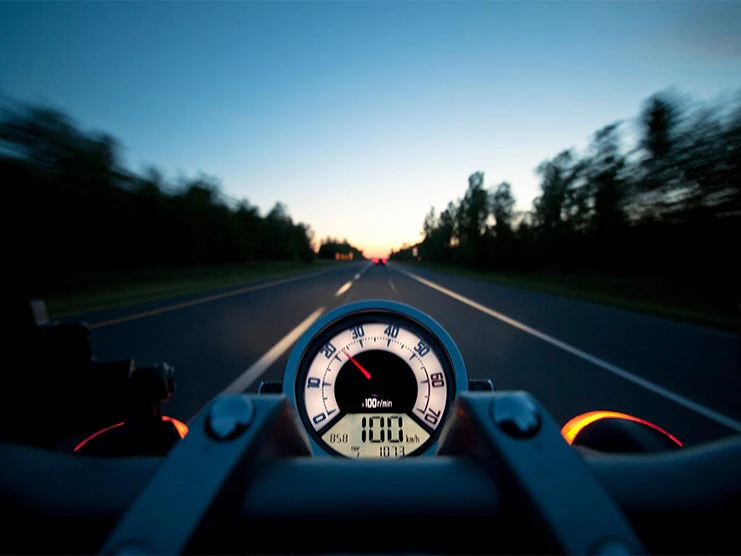










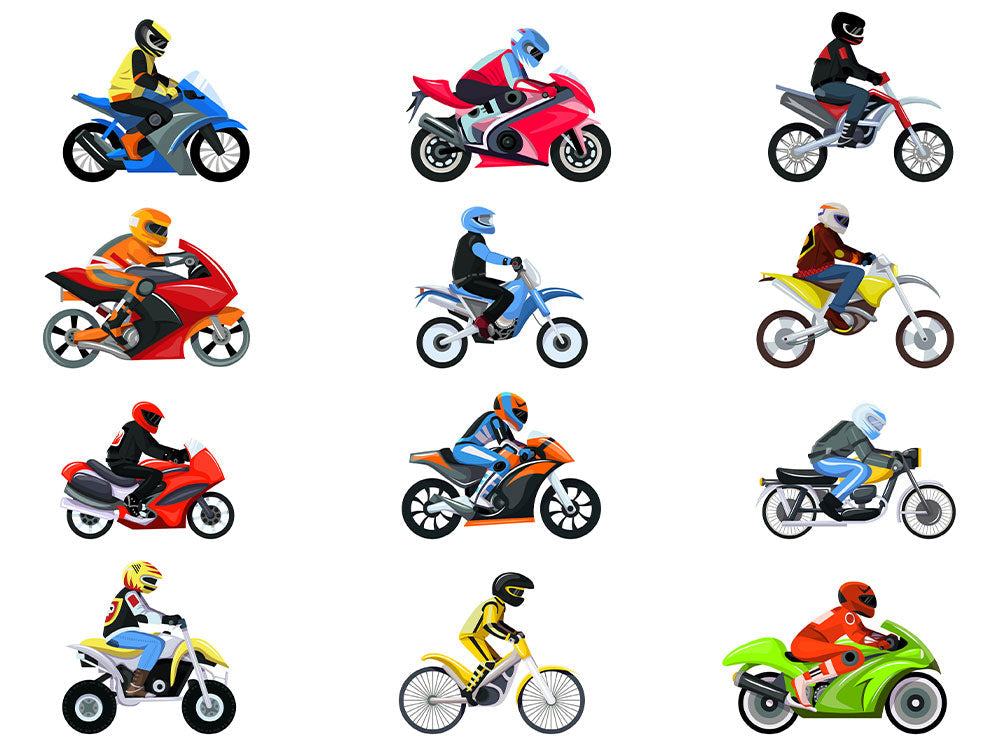
Leave a comment
All comments are moderated before being published.
This site is protected by hCaptcha and the hCaptcha Privacy Policy and Terms of Service apply.